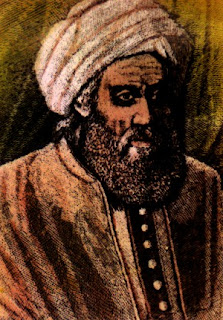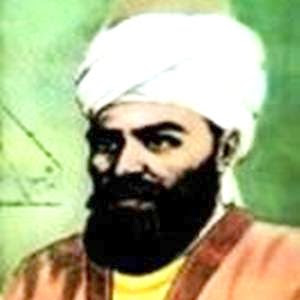Biography of Abu Al-Qasim Al-Zahravi

Abul Qasim Khalaf ibn al-Abbas al-Zahravi (known in the west as Abulcasis) was born in 936 C.E. in Zahra in the neighbourhood ofCordova. He became one of the most renowned surgeons of the era and was physician to King Al-Hakam-II of Spain. After a long medical career, rich with significant original contribution, he died in 1013 C.E.
He is best known for his early and original breakthroughs in surgery as well as for his famous Medical Encyclopedia called Al-Tasrif, which is composed of thirty volumes covering different aspects of medical science. The more important part of this series comprises three books on surgery, which describe in detail
of surgical treatment as based on the operations performed by him, including cauterization, removal of stone from the bladder, dissection of animals, midwifery, styptics, and surgery of eye, ear and throat. He perfected several delicate operations, including removal of the dead foetus and amputation.
Al-Tasrif was first translated by Gherard of Cremona into Latin in the Middle Ages. It was followed by several other editors in Europe. The book contains numerous diagrams and illustrations of surgical instruments, in use or developed by him, and comprised a part of the medical curriculum in European countries for many centuries. Contrary to the view that the Muslims fought shy of surgery, Al-Zahravi’s Al-Tasrif provided a monumental collection for this branch of applied science.
Al-Zahravi was the inventor of several surgical instruments, of which three are notable: (i) an instrument for internal examination of the ear, (ii) an instrument for internal inspection of the urethra, and (iii) and instrument for applying or removing foreign bodies from the throat. He specialized in curing disease by cauterization and applied the technique to as many as 50 different operations.



Comments
Post a Comment